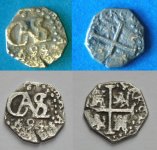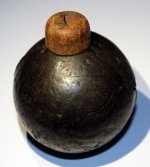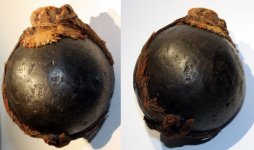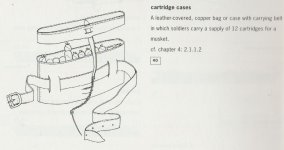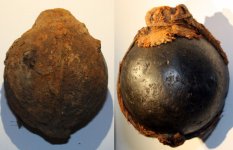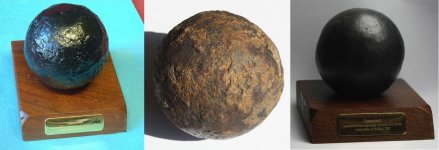Tom_Restorer
Gold Member
- Oct 5, 2009
- 9,773
- 48,696
- Primary Interest:
- Other
- Thread starter
- #41
Something different until I can post more fotos of the grenade.
Just cleaned a 1694 half reale from the Association, sunk in 1707 wich I want to show you.
The upper fotos show the acid cleaned coin, done by the salvors, still with some conretion in the deeper details and no nice surface.
It has now much more details like the lions and castles and also "CAROLUS" is now good to read and the upper details are much smoother.
Diameter: 15 mm Weight: 1.4 Gramms
Just cleaned a 1694 half reale from the Association, sunk in 1707 wich I want to show you.
The upper fotos show the acid cleaned coin, done by the salvors, still with some conretion in the deeper details and no nice surface.
It has now much more details like the lions and castles and also "CAROLUS" is now good to read and the upper details are much smoother.
Diameter: 15 mm Weight: 1.4 Gramms


